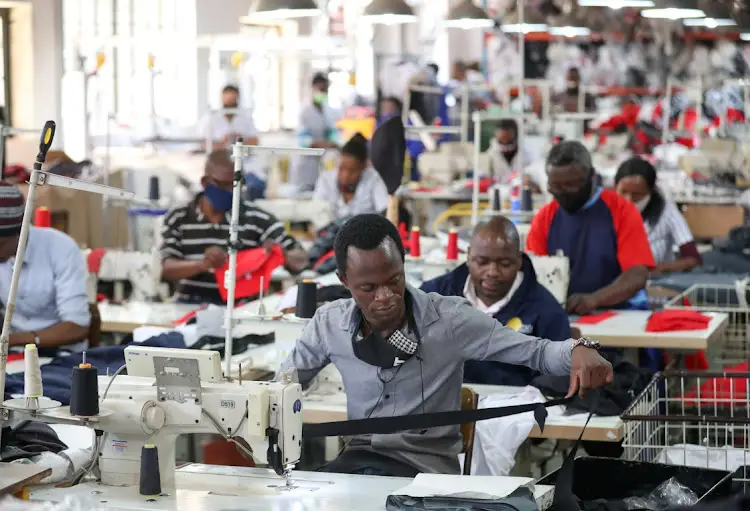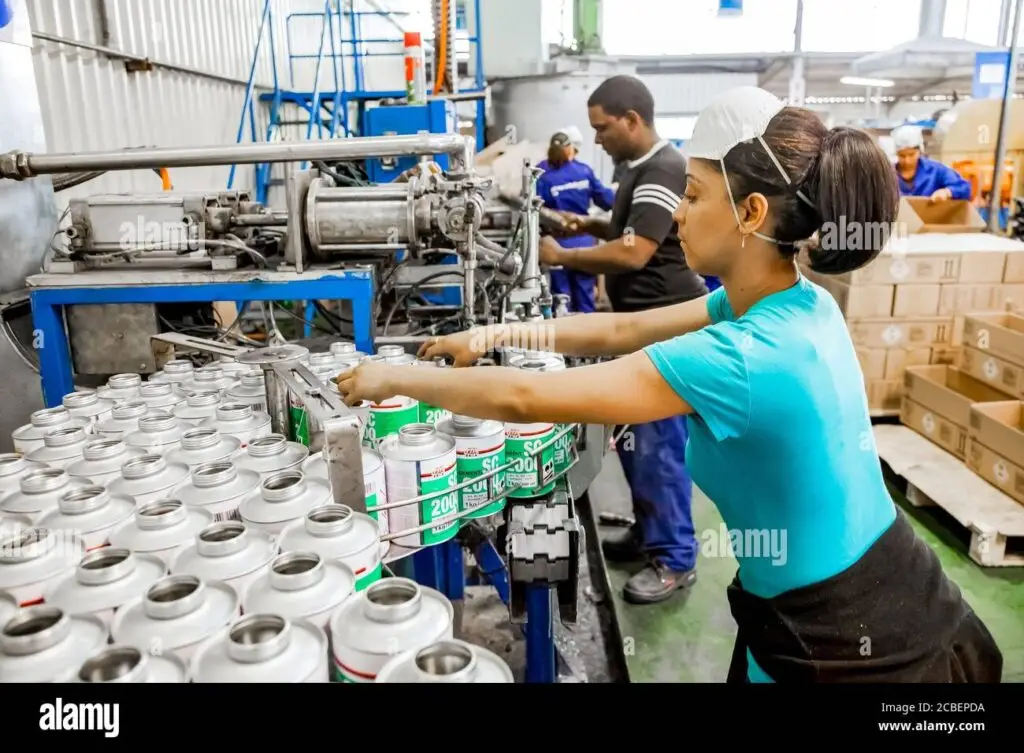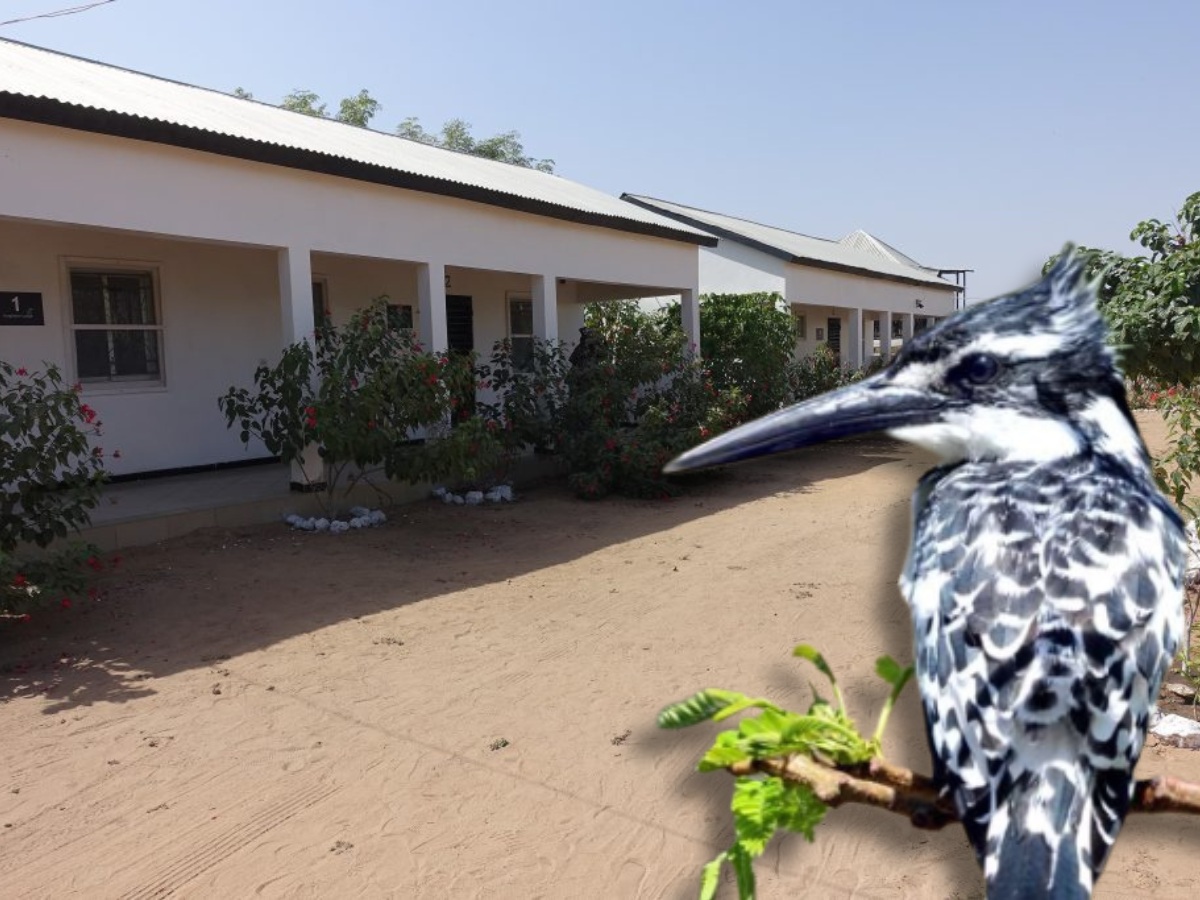
The Gambia, a small West African nation known for its stability and strategic location, is on the cusp of a manufacturing revolution. As the country seeks to diversify its economy, reduce dependence on imports, and create jobs for its growing young population, the manufacturing sector has emerged as a key focus area. For investors with vision and a pioneering spirit, The Gambia’s nascent manufacturing sector presents a wealth of untapped potential.
The Current State of Manufacturing in The Gambia
To appreciate the opportunities in Gambian manufacturing, it’s essential to understand the current landscape. Historically, The Gambia’s economy has been heavily reliant on agriculture, services, and tourism. The manufacturing sector, while present, has remained relatively small, contributing less than 5% to the country’s GDP as of 2023.
However, this limited development also means there’s significant room for growth and innovation. The Gambian government, recognizing the crucial role of manufacturing in economic diversification and job creation, has placed a strong emphasis on developing the sector. This commitment has created an enabling environment for both domestic and foreign investors.
Key Areas of Opportunity in Gambian Manufacturing
1. Food Processing
One of the most promising areas for manufacturing investment is in food processing. The Gambia produces a variety of agricultural products that could be processed locally, adding value and creating employment. Potential opportunities include:
– Fruit Juice Production: With an abundance of mangoes, citrus fruits, and other tropical produce, there’s significant potential for fruit juice manufacturing.
– Peanut Processing: As a major groundnut producer, The Gambia offers opportunities for peanut butter production, oil extraction, and other peanut-based products.
– Fish Processing: Given The Gambia’s rich fishing grounds, investments in fish canning, freezing, and value-added fish products could tap into both domestic and export markets.
– Dairy Processing: As the livestock sector develops, there’s potential for milk processing and production of yoghurt, cheese, and other dairy products.
2. Textiles and Garments
The textile and garment industry represents another exciting opportunity in Gambian manufacturing. The country has a rich tradition of textile craftsmanship, particularly in tie-dye and batik. With the right investment in modern equipment and training, this sector could be scaled up to produce garments for both local consumption and export. Potential areas include:
– Ready-made Garments: Producing clothing for domestic and regional markets.
– African Print Fabrics: Modernizing traditional techniques to produce high-quality African print fabrics for both local and international markets.
– Textile Accessories: Manufacturing items like bags, scarves, and home textiles using traditional Gambian designs.

3. Construction Materials
As The Gambia experiences rapid urbanization and infrastructure development, there’s a growing demand for locally produced construction materials. This sector offers several investment opportunities:
– Cement Production: While there are existing cement plants, there’s room for expansion to meet growing demand.
– Brick and Tile Manufacturing: Using local clay deposits to produce bricks and tiles.
– Prefabricated Housing Components: Producing prefab elements to support rapid, affordable housing development.
– Roofing Materials: Manufacturing corrugated sheets, roof tiles, and other roofing products.
4. Light Engineering and Assembly
With its strategic location and port facilities, The Gambia could serve as a hub for light engineering and assembly operations serving the West African market. Potential areas include:
– Electronics Assembly: Setting up facilities to assemble consumer electronics, solar products, or mobile phones.
– Automotive Parts: Producing or assembling automotive spare parts for the regional market.
– Agricultural Equipment: Manufacturing or assembling small-scale agricultural implements and machinery.

5. Plastics and Packaging
There’s a growing demand for plastic products and packaging materials across various sectors. Opportunities in this area include:
– Plastic Household Items: Producing buckets, chairs, tables, and other household goods.
– Packaging Materials: Manufacturing plastic bags, bottles, and containers for food and beverage industries.
– Recycling: Setting up plastic recycling facilities to support sustainable manufacturing practices.
6. Pharmaceuticals
While more complex, the pharmaceutical sector presents long-term opportunities:
– Generic Drugs: Producing common medications to serve the local and regional markets.
– Herbal Medicine: Developing and manufacturing traditional herbal remedies, tapping into both local knowledge and growing global interest in natural products.
Government Policies and Incentives
The Gambian government has introduced several incentives to attract manufacturing investments. These include:
1. Tax Holidays: Up to five years of corporate tax exemption for investments in priority sectors, including manufacturing.
2. Duty-Free Importation: Capital equipment and raw materials for manufacturing can be imported duty-free.
3. Special Economic Zones: The government is developing special economic zones with enhanced infrastructure and streamlined regulations.
4. Training Support: Assistance in training the local workforce for manufacturing jobs.
5. Export Promotion: Various initiatives to support the export of Gambian manufactured goods.
These supportive policies create a favourable environment for manufacturing investments, reducing costs and risks for investors.
Infrastructure and Logistics
The Gambia’s strategic location and infrastructure offer several advantages for manufacturing:
– Port Facilities: The port of Banjul provides access to international shipping routes.
– River Transport: The Gambia River offers the potential for cost-effective transport of goods.
– Regional Connectivity: As a member of ECOWAS, The Gambia provides access to a market of over 350 million people.
– Improving Road Network: Ongoing investments in road infrastructure are enhancing connectivity.
Challenges and Considerations
While the opportunities in Gambian manufacturing are significant, potential investors should also be aware of the challenges:
1. Energy Supply: While improving, reliable electricity supply remains a challenge in some areas.
2. Skilled Labor: There may be a need to invest in training to build a skilled manufacturing workforce.
3. Raw Material Supply: Depending on the industry, sourcing consistent quality raw materials locally may be challenging.
4. Market Size: The domestic market is relatively small, necessitating a focus on export markets for many industries.
5. Competition from Imports: Some sectors may face competition from cheap imported goods.
However, these challenges also present opportunities for innovative solutions and first-mover advantages for those willing to navigate them.
The Broader Impact of Manufacturing Investment
Investing in Gambian manufacturing isn’t just about financial returns. It’s about being part of the country’s economic transformation. Successful manufacturing investments can:
1. Create Employment: Manufacturing typically creates more jobs per unit of investment compared to other sectors.
2. Develop Skills: Training workers in modern manufacturing techniques builds valuable skills in the workforce.
3. Reduce Import Dependence: Local manufacturing can help reduce The Gambia’s reliance on imported goods.
4. Boost Exports: Developing export-oriented manufacturing can improve The Gambia’s trade balance.
5. Foster Innovation: Manufacturing often drives technological innovation and adaptation.
Case Studies of Successful Manufacturing Investments
While respecting the privacy of individual investors, it’s worth noting some success stories in Gambian manufacturing:
1. Plastic Recycling: A local-foreign joint venture established a plastic recycling plant in 2021, addressing environmental concerns while producing raw materials for local manufacturing.
2. Garment Factory: A Chinese investment in a garment factory has created over 300 jobs and is producing clothing for both local and export markets.
3. Food Processing: A Gambian entrepreneur set up a fruit processing facility in 2020, which now exports dried mangoes and other fruits to Europe.
These examples demonstrate the potential for successful manufacturing investments in The Gambia when local knowledge is combined with international expertise and capital.
Future Trends and Opportunities
Looking ahead, several trends are likely to shape the future of Gambian manufacturing:
1. Green Manufacturing: With a growing global emphasis on sustainability, there will be opportunities in eco-friendly manufacturing processes and products.
2. Digital Manufacturing: The adoption of Industry 4.0 technologies, even on a small scale, could significantly enhance productivity and quality in Gambian manufacturing.
3. Regional Value Chains: As regional integration within ECOWAS deepens, there will be opportunities to participate in regional manufacturing value chains.
4. Circular Economy: Initiatives focusing on recycling and upcycling could create new manufacturing opportunities while addressing environmental concerns.
5. Customization and Small Batch Production: With advances in manufacturing technology, there may be opportunities for flexible, customized production catering to niche markets.
GambiaInvest Conclusion
The manufacturing sector in The Gambia stands at an exciting juncture. With supportive government policies, strategic location, and a range of untapped opportunities, the country offers a unique proposition for manufacturing investors. Whether it’s in food processing, textiles, construction materials, or emerging high-tech sectors, there’s a wide range of possibilities to suit different investor profiles.
Investing in Gambian manufacturing isn’t just about capitalizing on an emerging market opportunity. It’s about being part of a transformation that can have profound impacts on job creation, skills development, and economic diversification in The Gambia. It’s a chance to combine profitable ventures with meaningful contributions to sustainable development.
As global supply chains evolve and companies seek new manufacturing bases, The Gambia’s manufacturing sector is poised for growth. Early movers in this space have the opportunity to shape the future of Gambian industry, establishing strong market positions and building lasting partnerships.
The path to industrial development in The Gambia may have its challenges, but for investors with vision, patience, and a commitment to sustainable development, the potential rewards – both financial and social – are substantial. As The Gambia continues to write its story of growth and development, manufacturing will undoubtedly play a central role.
In the end, investing in Gambian manufacturing is more than just producing goods – it’s about producing opportunities, fostering innovation, and contributing to the economic transformation of a nation. It’s an opportunity to be at the forefront of Africa’s industrialization, playing a part in writing the next chapter of The Gambia’s economic success story.










